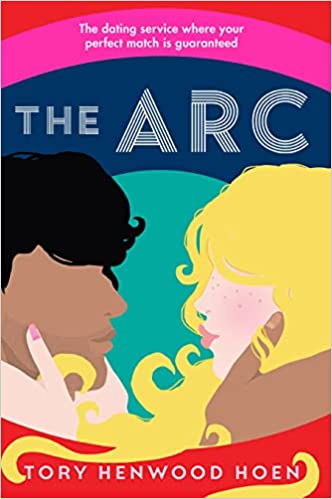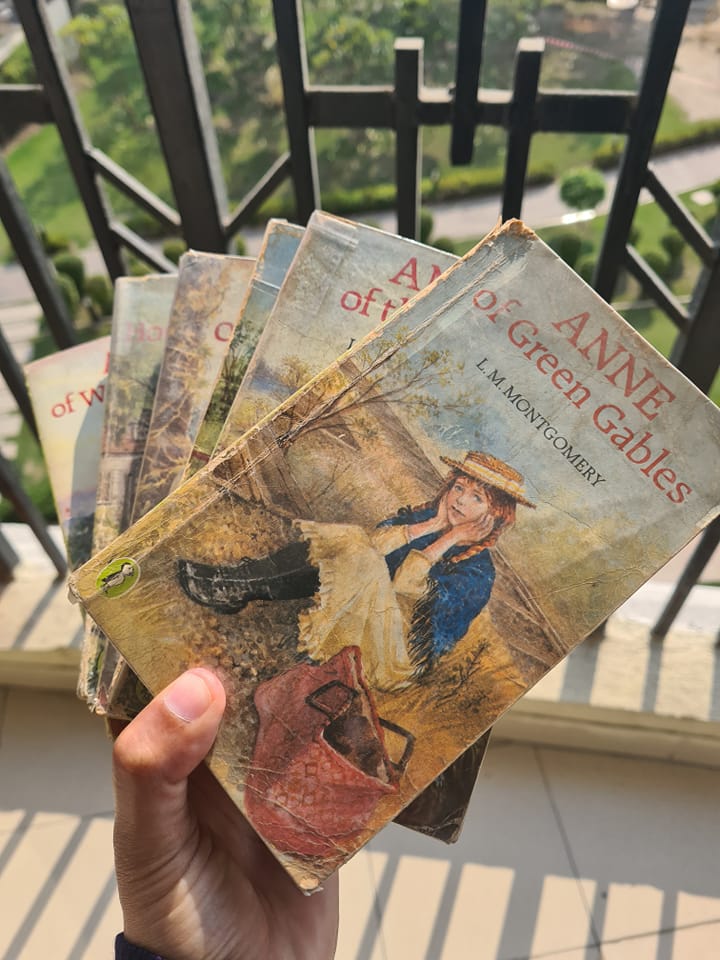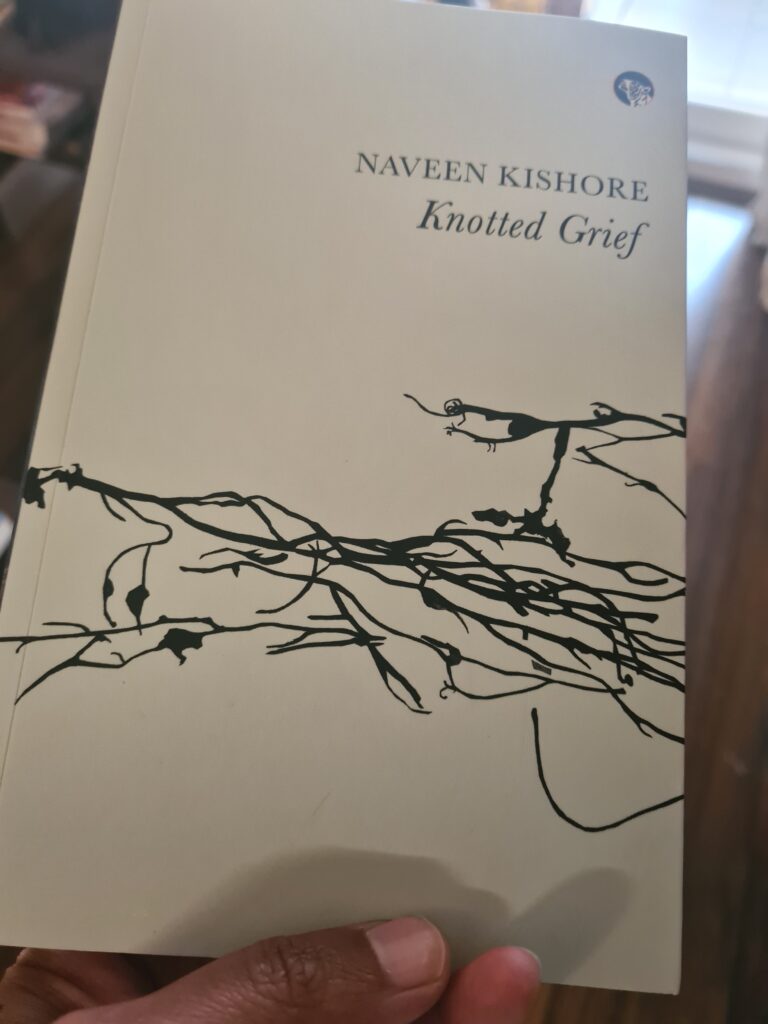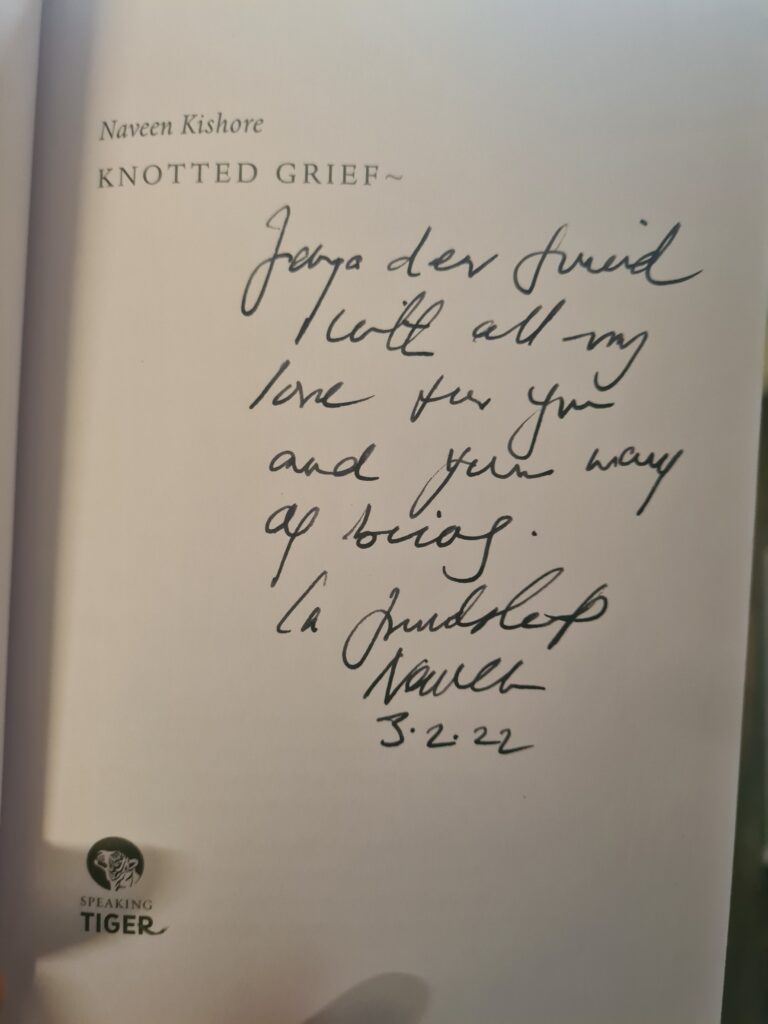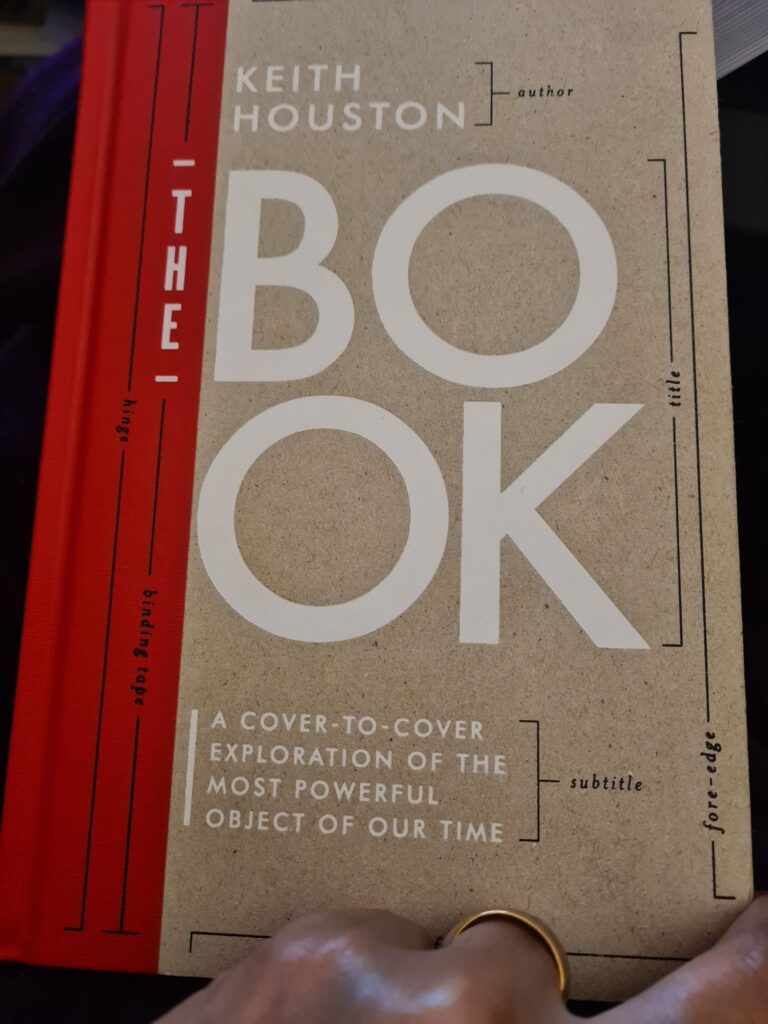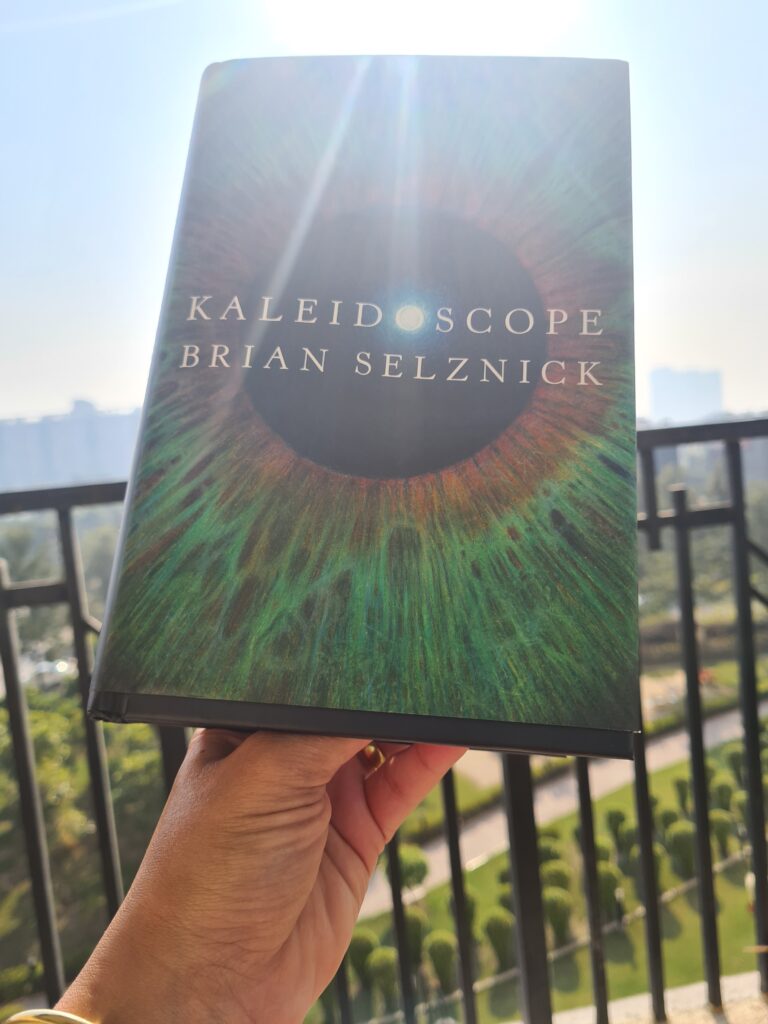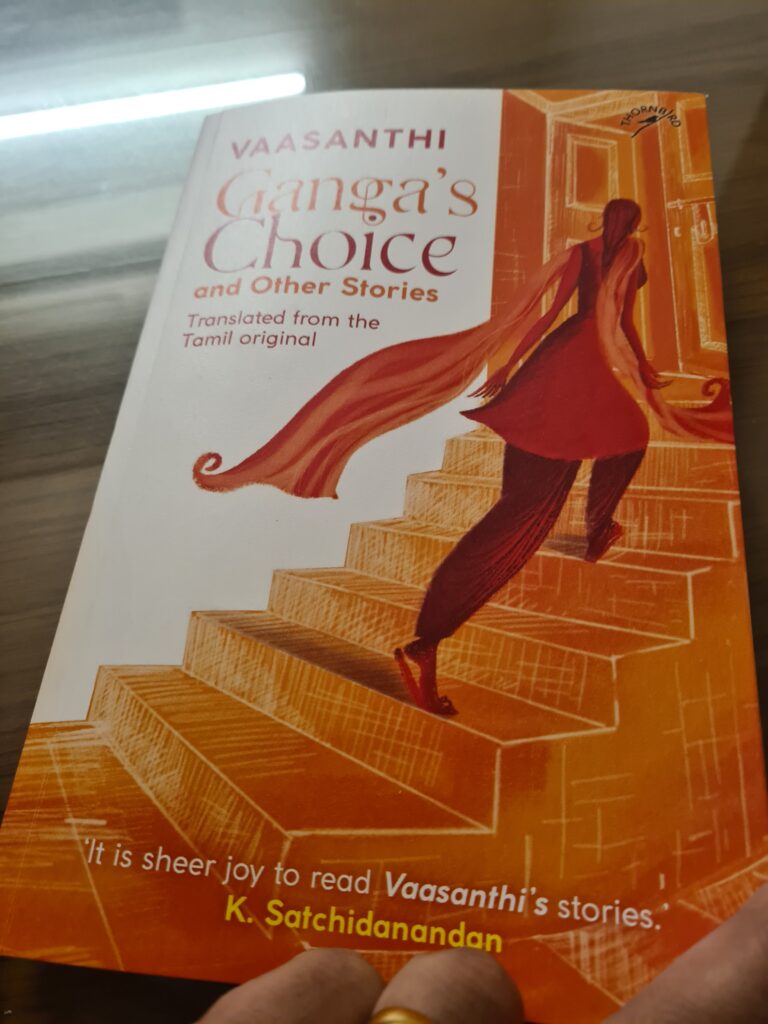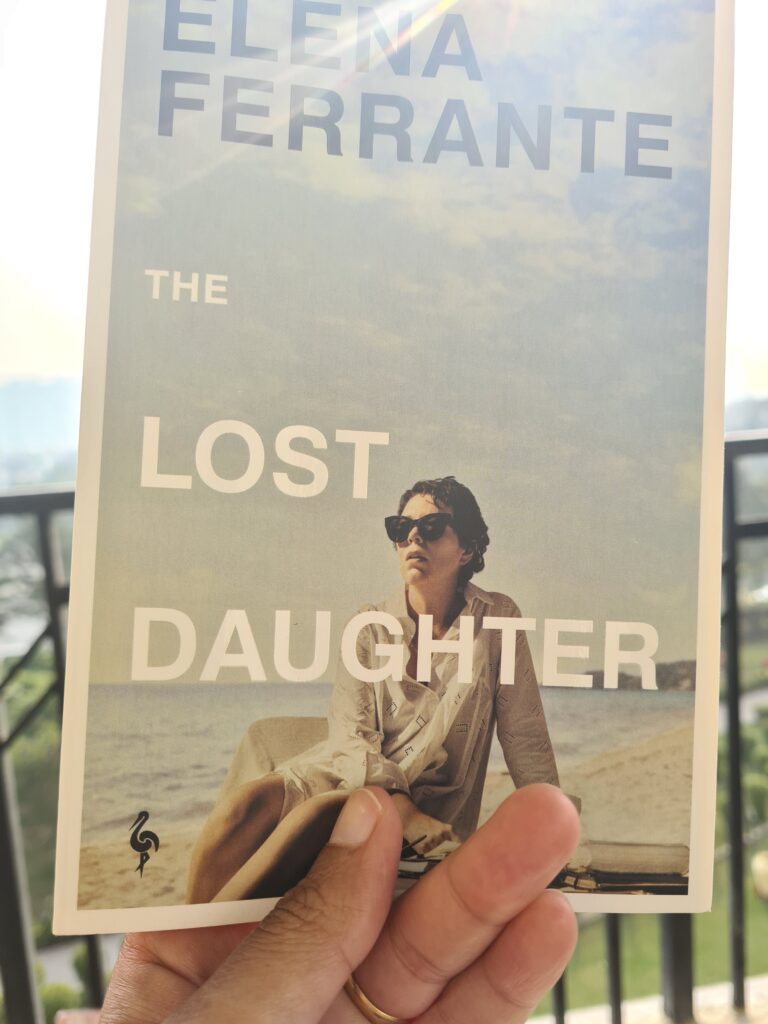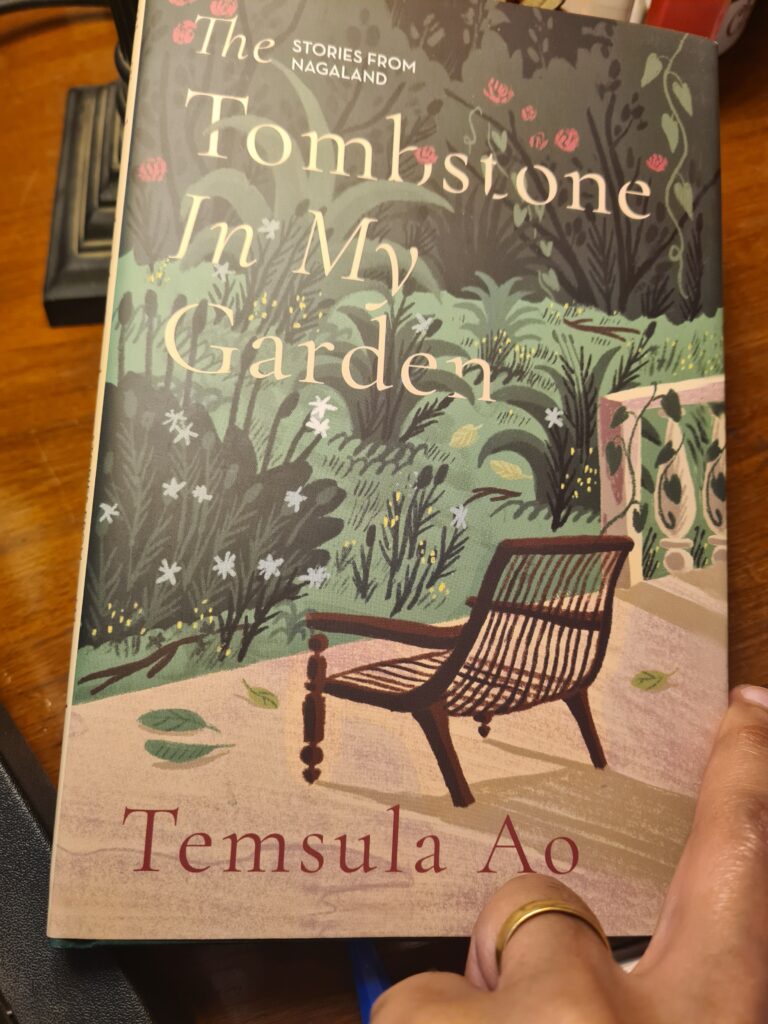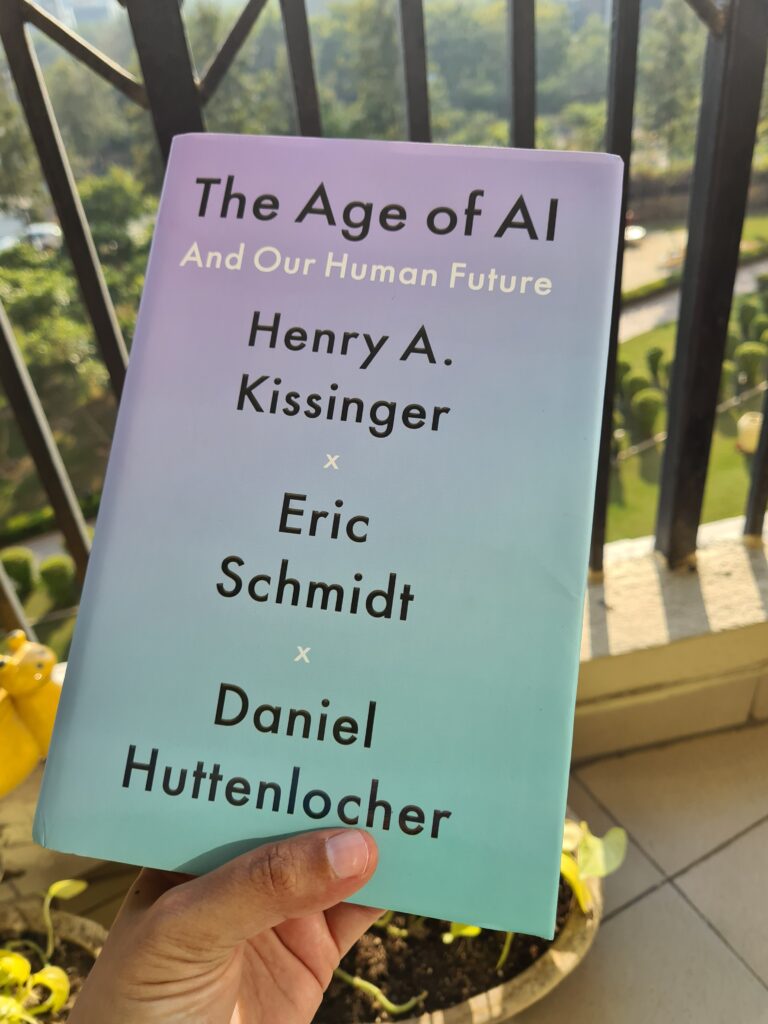“Get Rich or Lie Trying: Ambition and Deceit in the New Influencer Economy” by Symeon Brown
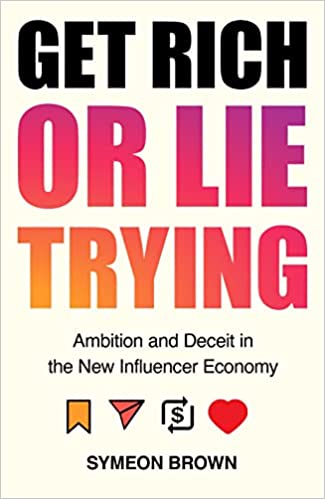
Influencing may soon be the internet’s most-saturated hustle, but it is one that on closer inspection looks like a giant pyramid scheme. Its real beneficiaries — the companies and shareholders reaping the highest rewards — are hidden by those desperate to take centre stage.
Journalist Symeon Brown’s Get Rich or Lie Trying: Ambition and Deceit in the New Influencer Economy ( Atlantic Books) is an investigation into why and how do ordinary people, especially the young, use social media to improve their status. In principle, there is nothing wrong in anyone having ambition, but what really bothers him is the degrees to which people will go in order to look positive, beautiful and portray a lifestyle and a body image that is couldn’t be further from the truth. What is it that prompts peope to do this? What is this bug about getting rich quick? Why hustle in this manner? Are they not afraid? Do they not have a perspective on their lives? Or how in the process of attaining these goals, they are dragging their family and friends down too? One of the most disturbing statistics that Brown shares is that 1 in 5 children want to become a social media influencer when they are older. They have not a clue what lies in store for them but that is what they aspire to. These ambitions are fuelled by such news reports as The Forbes listing of the highest paid You-Tubers such as MrBeast, Jake Paul and Markiplier who earned millions. ( “The Highest-Paid YouTube Stars: MrBeast, Jake Paul And Markiplier Score Massive Paydays“, Forbes, 14 Jan 2022). The mistake many youngsters who idolise these social media gurus is that MrBeast, Jake Paul and Markiplier have teams working for them. They are not one-man/woman shows. There is a lot of effort and slick production that happens behind the scenes.
Brown’s terrifying and at times sad book documents these dreams that ordinary youngsters chase. How many times these efforts are horribly ruined. Sometimes the individuals are staring at financial ruin or have harmed themselves through cosmetic surgery in order to look as good as everyone else wants them to be. Yet, extraordinarily, many of the people Brown interviews refuse to give up hustling. They persist. What is astonishing is that they do it at the cost of telling lies such as white influencers passing off as blacks. There is a term for this — blackfishing. There are women who mistakenly perceive the choices they make to use apps to show parts of their body, sometimes bordering on soft porn, as being an empowering move; little realising that if she had some perspective on herself, she would see that she has fallen into the age-old trap of being objectified. Using technology or a snazzy app does not in any way mitigate the fact that it is what it is at the end of the day, a form of sex work. There are many more examples that Brown shares such as of youngsters hustling merchandise by setting up fake websites with authentic digital payment portals. Once they have collected sufficient cash, they close operations and move on.
The sleaze, the aggressive aspirations, and the anxiety with which many individuals live is a trait across socio-economic classes. This has been exacerbated by the coronavirus epidemic and compounded by job insecurity. It was brilliantly documented by Barrett Swanson in Harper’s magazine, “The Anxiety of Influencers: Educating the TikTok generation” ( June 2021). Brown tries to uncover many such stories but more importantly makes the ugly connections that exist between the tech behemoths and ordinary users. It is an entangled web of deceit and suffering for the individuals trying to be influencers while the shareholders and owners of the tech companies, the capitalists, mint money because of the increased advertising revenue that comes with a spike in engagement amongst users. The depressing fact is that these rapid transformations in society and social behaviour are so recent that it is impossible to tell what the future holds. Earlier it took at least one generation or approximately twenty-five years for a change to be brought about in society but with the techonological advancements, these changes are taking place in less than a decade. It is an alarming thought.
Read Get Rich or Lie Trying but more importantly, find a way to get the youngesters to read it. They should. It is a wake-up call to stop being mesmerised by click baits, financial mirages etc. Bills in the real world can only be paid by hard cash that is earned regularly and not through online hustling.
15 Feb 2022

